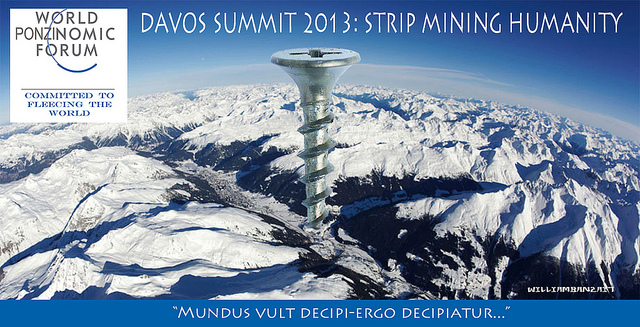Decoding the ‘Signals’ From Davos
January, 28 2013Resilient Dynamism
As I head to discover some new promising lands I am trying to distill the core insights from the past week. Clearly, the tone of the meeting was more optimistic than last year, with spirits buoyed by the recent upward momentum of China and the U.S. and signs that the euro zone has stepped back from the brink of collapse. But gauging the mood is one thing. Making sense of the cacophony of issues, challenges, and opportunities is another.
In trying to interpret this, I am reminded of a great book I read over the holidays — The Signal and the Noise by statistician and blogger extraordinaire Nate Silver. Nate shows just how challenging it is to separate true signals from all the noise when trying to predict the future. He is particularly hard on economists and the prognosticators who gain more from being blunt than right.
First, the reshaping of the global economy. The emerging markets are the engines of global growth and over time, they will control a share of the global economy we have not seen since the industrial revolution. Companies in emerging markets are becoming strong global challengers and increasingly, global leaders. And, most important of all, hundreds of millions of people are being lifted from poverty into the middle class, creating a brighter future for the next generation. On the flip side, this growth will add to the sustainability challenge, both locally and globally.
Second, the ongoing revolution in computing power and connectivity. In a hyper-connected world, everything changes — how we form friendships, conduct our lives, educate our children, and manage our health. We are also in the middle of fundamental shifts in how we interact with businesses and how they interact with one another. Many industry structures will evolve, with some parts of the value chain fragmenting and other parts consolidating. Environment and social responsibility would need to be part of the equations, as any parent can attest, our children will understand this connected world intuitively and better than most current leaders.
Third, the twin challenges of debt and demographics in most developed economies. Stepping back from the brink is not the same as solving the problem. Kicking the can down the road is not a long-term solution, but it may be the only achievable option for a while. We are not at the end of very hard choices, nor the associated volatility as political leaders struggle to make them. In the meantime, the aging population in most of those countries does not receive the attention it deserves. But it is just as fundamental and will compound the debt overhang by increasing the burden on future workers, putting more pressure on health and retirement spending, and exacerbating talent shortages.
Finally, the need for new leadership models. Leaders today operate in a world of economic and political uncertainty, diverging economies, and hyper-connectivity. They must build organizations agile enough to adapt and fit to compete with the best in the world. They need leadership teams that bring the talent, diversity, and collaboration to spot opportunities, and then innovate and capitalize on them at an ever faster pace. They need to “walk the walk” in acting responsibly and respecting the interests of different stakeholders. And they must communicate actively and build advocacy within the organization, as trust in peers often surpasses trust in leaders.



